Introduction
Lithium battery benefits for electric vehicles have revolutionized transportation. These batteries offer high energy density and lightweight design. By May 2025, their adoption continues to grow rapidly. Safety and efficiency stand out as key advantages. This article explores their strengths and challenges. It covers technology, safety, and sustainability aspects. Innovation in this field inspires global change.
Longevity tips for these batteries gain attention. Recycling methods also become vital today. Furthermore, cost factors influence market trends. Thus, understanding their value is essential. The next section details their technical features.
Studying lithium battery benefits for electric vehicles reflects progress. They support eco-friendly mobility worldwide. For instance, they reduce carbon emissions effectively. Their impact shapes future energy solutions. Let’s dive into their properties now.
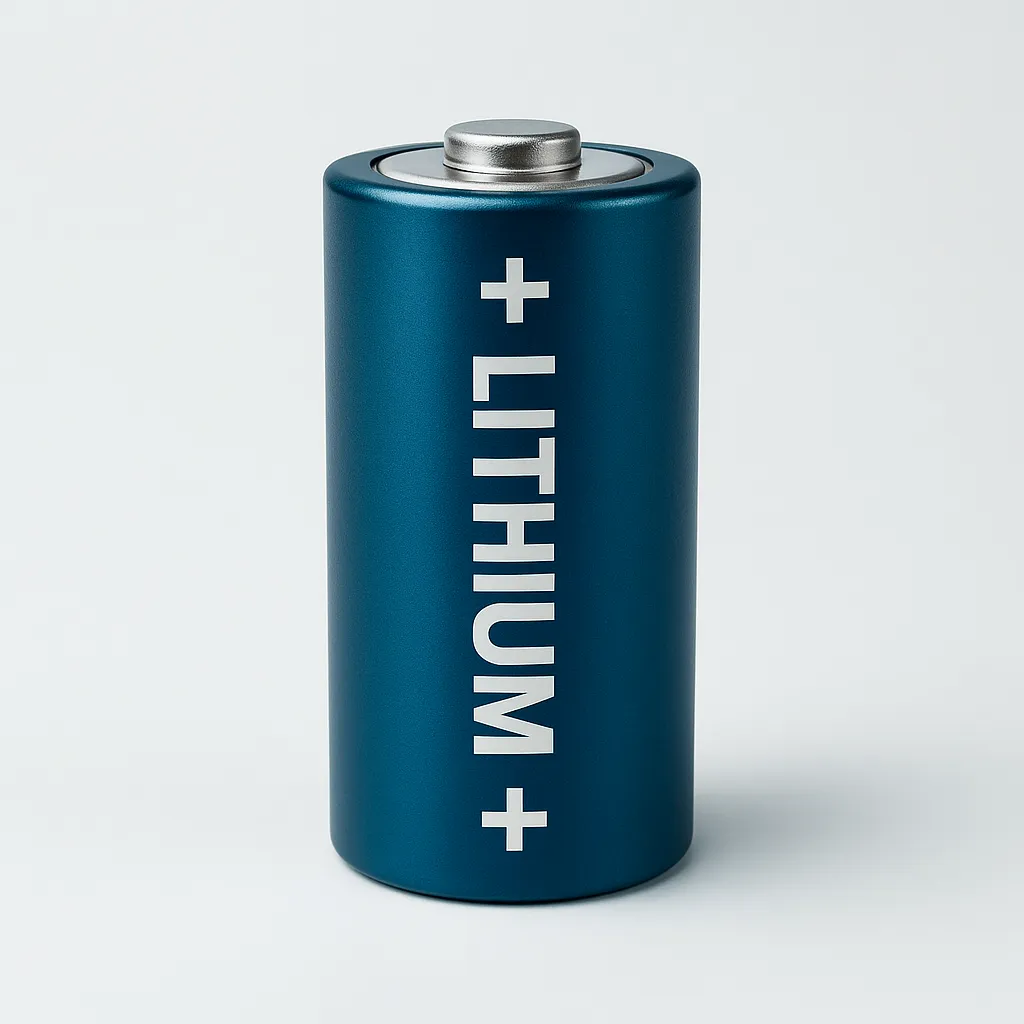
Technical Features and Composition
Their design underpins key advantages for electric mobility. These batteries use lithium ions to store energy. Operating at high voltages, they perform efficiently. Their lightweight nature boosts vehicle range. Moreover, they charge faster than older types. Thus, they meet modern demands seamlessly.
Anodes often consist of graphite materials. Cathodes include lithium cobalt oxide or nickel variants. Additionally, electrolytes enable ion movement. This structure enhances energy output. Therefore, lithium battery energy efficiency stands out. The composition supports long-term use.
Production involves advanced processes. Safety features prevent overheating risks. In contrast, their density exceeds lead-acid batteries. Thus, lithium battery benefits for electric vehicles are evident. The next section explores their advantages.
Demand for these batteries rises globally. Sustainable production is critical too. Moreover, innovations improve performance. Let’s examine their benefits in detail now.
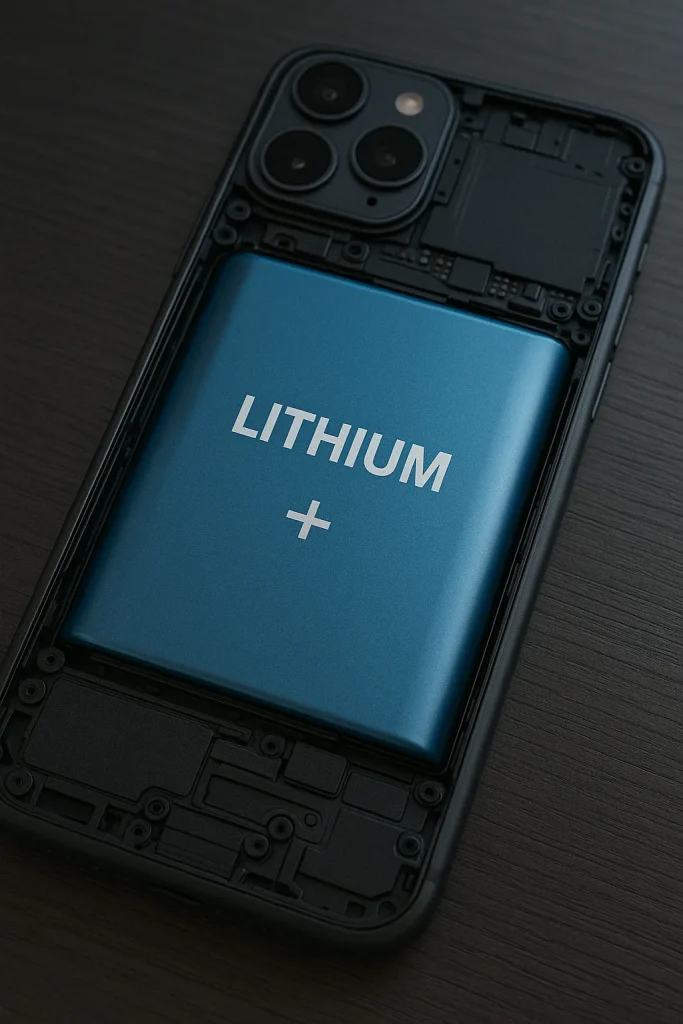
Benefits and Applications
Advantages for Electric Vehicles
Lithium battery benefits for electric vehicles include extended range. They provide 200-300 miles per charge in 2025. For example, Tesla models rely on them heavily. High energy density reduces vehicle weight. Therefore, acceleration improves significantly. Additionally, they support quick charging.
By 2025, adoption in EVs surges. Thus, lithium battery lifespan tips help maintain performance. However, temperature affects their efficiency. In contrast, their durability outlasts nickel-metal hydride. Their market growth is impressive.
Recycling efforts enhance their sustainability. Moreover, they lower operating costs. Therefore, they appeal to eco-conscious drivers. Lithium battery benefits for electric vehicles continue to expand.
Other Applications
Beyond vehicles, these batteries power electronics. Laptops and smartphones depend on them. Furthermore, they support renewable energy storage. Their versatility is a key strength. Thus, lithium battery energy efficiency benefits various sectors.
Grid storage uses them for stability. Moreover, medical devices rely on their reliability. In contrast, industrial machines benefit too. Therefore, their applications are widespread. Their influence extends to diverse fields.
Innovation in this area grows steadily. Additionally, research targets new uses. Thus, their impact remains significant. The next subsection covers safety concerns.
Safety and Charging Considerations
Proper lithium battery charging safety is crucial today. Overcharging can cause fires or explosions. For instance, proper chargers prevent risks. Thermal management systems are essential. Therefore, manufacturers prioritize safety features. Additionally, user education helps.
In 2025, advanced systems detect faults. Thus, lithium battery charging safety improves. However, mishandling remains a concern. In contrast, built-in protections reduce hazards. Their reliability depends on safety measures.
Guidelines ensure safe usage. Moreover, regular maintenance is key. Therefore, safety enhances user trust. The next section addresses lifespan factors.
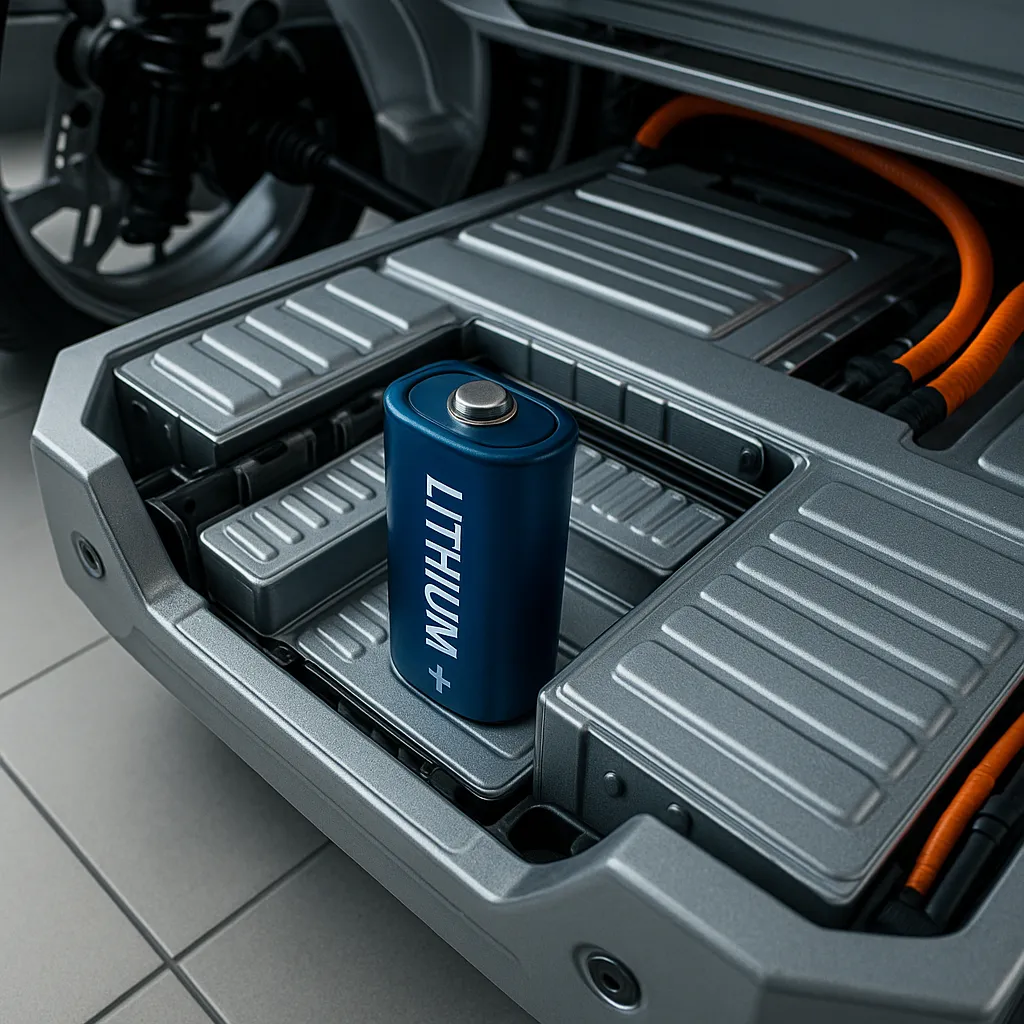
Lifespan and Maintenance
Factors Affecting Lifespan
Lithium battery lifespan tips focus on usage patterns. High temperatures shorten their life. For example, avoiding extreme heat helps. Charge cycles also impact durability. Therefore, partial charging preserves capacity. Additionally, storage conditions matter.
By 2025, technology extends their life. Thus, lithium battery lifespan tips gain importance. Over-discharging damages cells too. In contrast, proper care boosts performance. Their longevity is a key asset.
Monitoring systems track health. Moreover, software optimizes usage. Therefore, lifespan increases with care. The next subsection offers practical tips.
Maintenance Tips
Keeping batteries cool enhances longevity. Avoiding full discharges proves beneficial. Using recommended chargers ensures safety. Practical tips, like lithium battery lifespan tips, emerge here. Regular checks prevent potential issues.
In 2025, smart systems assist owners effectively. Updates from manufacturers improve battery health. Therefore, maintenance ensures reliability over time. Their performance benefits from proper care.
Educating users on care is growing. Additionally, warranties support long-term use. Thus, lifespan management remains essential. The next section explores cost aspects.
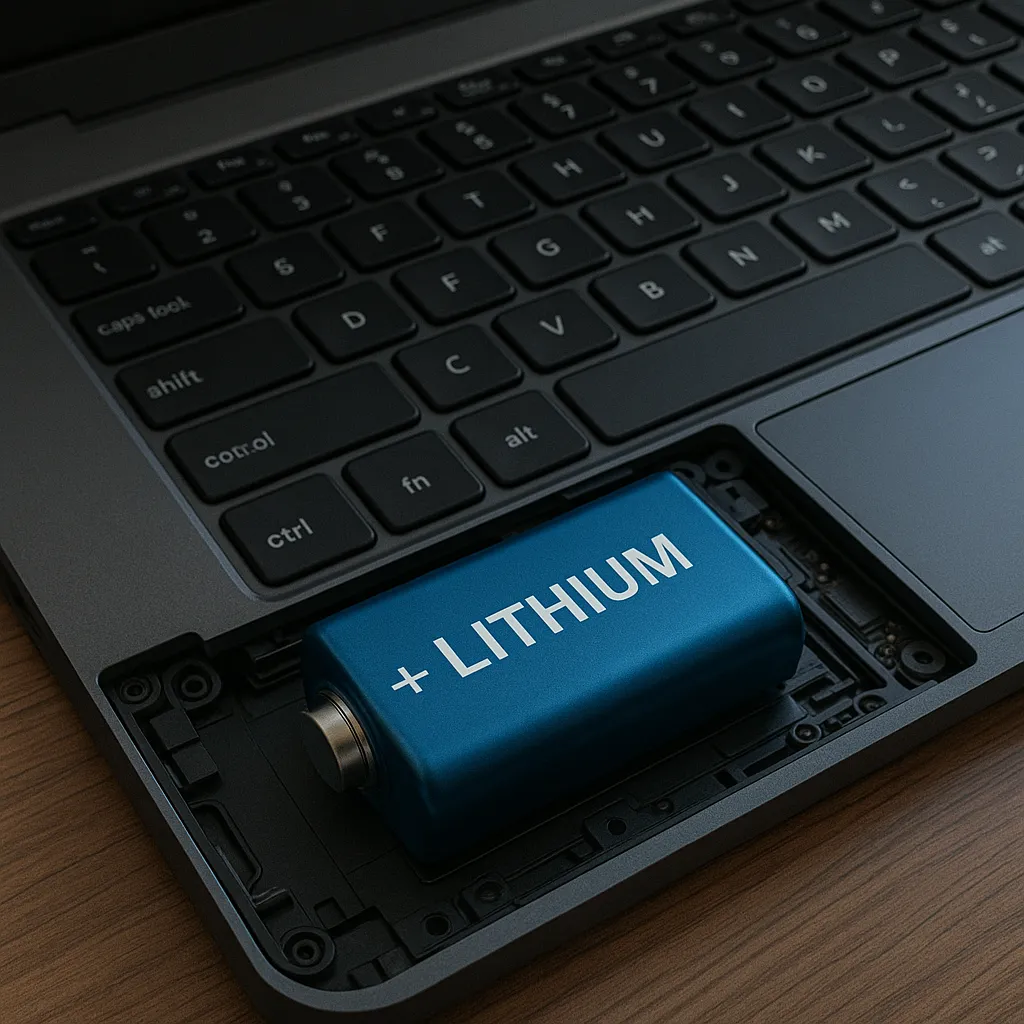
Cost and Economic Factors
Lithium battery cost factors vary widely. Raw material prices drive expenses. For instance, lithium and cobalt prices fluctuate. Production scale affects costs too. Therefore, economies of scale lower prices. Additionally, recycling reduces expenses.
By 2025, costs decline steadily. Thus, lithium battery cost factors become manageable. However, supply chain issues persist. In contrast, innovation cuts production costs. Their affordability improves over time.
Subsidies influence market prices. Moreover, competition lowers rates. Therefore, cost efficiency grows. The next section covers recycling efforts.
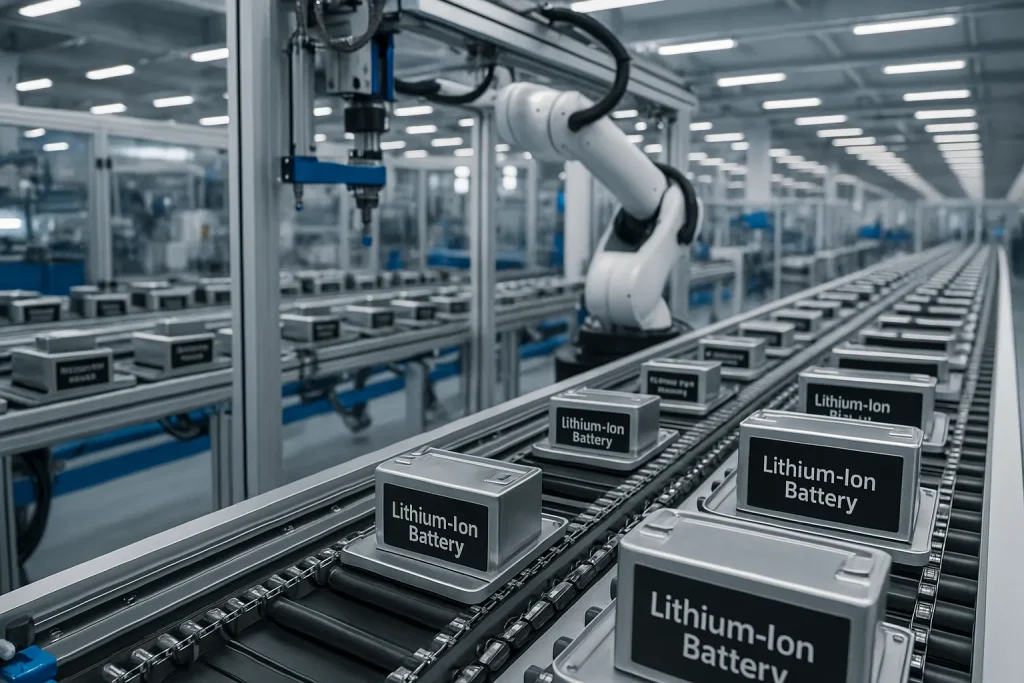
Recycling and Sustainability
Recycling Methods
Lithium battery recycling methods gain traction. Hydrometallurgy recovers metals effectively. For example, it extracts cobalt and lithium. Pyrometallurgy is another approach. Therefore, recycling reduces waste. Additionally, direct recycling saves energy.
In 2025, methods improve efficiency. Thus, lithium battery recycling methods support sustainability. However, costs remain a challenge. In contrast, innovations enhance recovery rates. Their eco-friendliness is notable.
Regulations drive recycling efforts. Moreover, technology advances recovery. Therefore, sustainability improves. The next subsection addresses environmental impact.
Environmental Impact
Recycling lowers the environmental footprint. Mining impacts soil and water quality. Furthermore, proper disposal prevents pollution. Thus, lithium battery recycling methods are vital. Energy use in production is high too.
By 2025, green practices expand. Moreover, recycling reduces landfill waste. Therefore, lithium battery energy efficiency supports sustainability. Their alignment with eco-goals is clear.
Policy supports greener solutions. Additionally, research aids progress. Thus, impact lessens over time. The final section concludes the discussion.

Leave a Reply